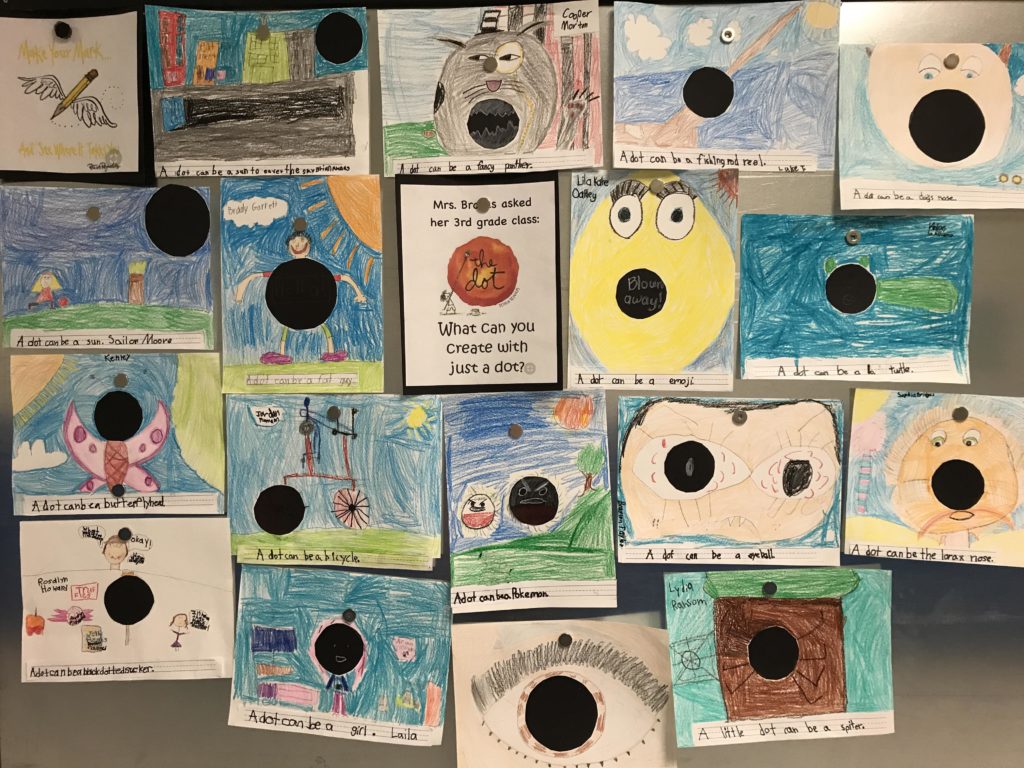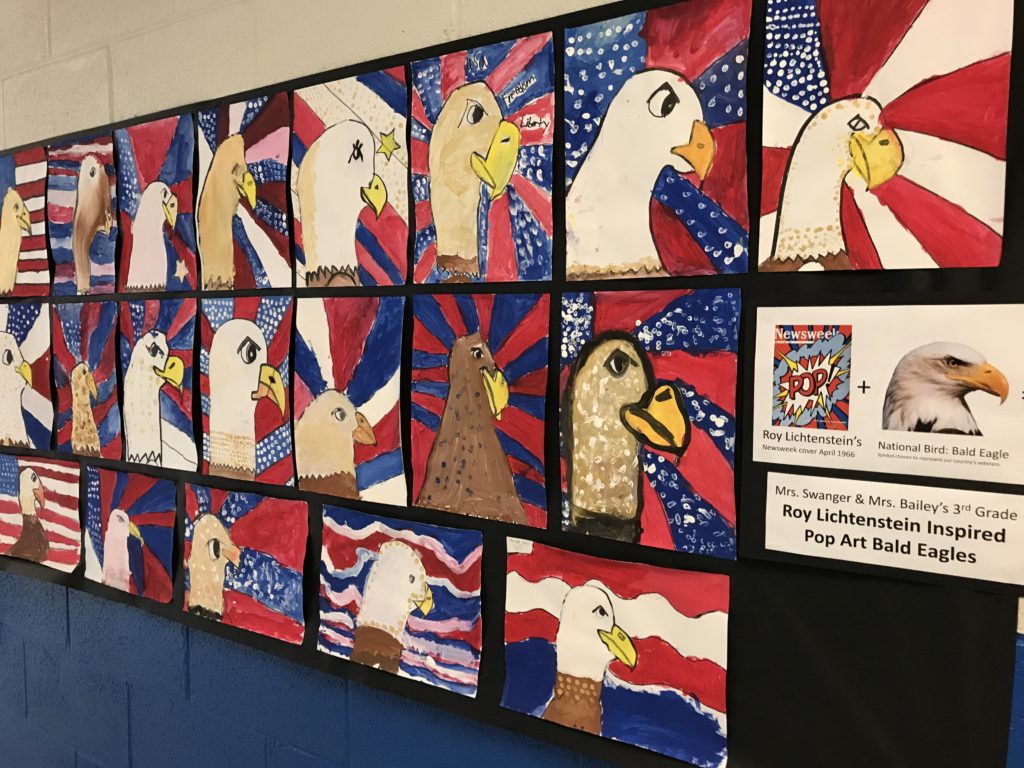Variations On A Theme: How One Elementary School Cultivates Community Through Arts Integration
From Christine Hughes, Music Specialist, Bartlett City Schools,
Bartlett Elementary School, nestled in a suburb of the greater Memphis, Tennessee area, has a long-standing tradition of academic excellence dating back to the early 1900s. Recent grant funding from Tennessee Arts Commission Arts 360 has done wonders to elevate teaching and learning at this traditional environment to a new, competitive standard.
BES’s shared mission with Arts 360 is “to bring teachers full circle, as learners, collaborators, facilitators, and reflectors, to improve instruction and have a positive effect on student achievement.” Developing an
Art specialist at BES, Allison Swanger, describes the goal of these quarterly themes as a way to “challenge teachers to create multiple art integrated lessons throughout the year,” while creating a “sense of unity.” For example, the first quarterly theme of the year related to “International Dot Day,” celebrated on September 15t. This day is a global celebration of creativity, inspired by Peter H. Reynolds’ book, “The Dot.” Students were asked to make a simple mark on a page, and use their imagination to transform the dot into something new. Some teachers used the exercise to simply introduce the idea of artistic expression in the classroom, while others found ways to connect the activity to academic subject matter on which they were already working. The second quarterly theme combined patriotic signs and symbols from literature and Social Studies with a Pop Art focus in Visual Art. Teachers were able to make stronger connections between artistic techniques and academic ideas in quarter two than they had in quarter one. Some classes attached written components to their display, adding depth and justification to student work.
Selecting and communicating the fine points of each school-wide effort involves a targeted process. BES STEAM (Science, Technology, Engineering, Arts, and Math) teacher, Jennifer Taylor explains, “The first step is to look at both the pacing guide and the calendar to determine what areas are already part of our daily routines. Then we discuss the possible options with the specialists and creative team. The magic happens in the discussion. Everyone brings their own expertise to developing an idea or ideas to share. A plan is put in place to share the information with the rest of the faculty through an e-mail, PLC, or after school professional development/faculty meeting.”
Undertaking a concerted effort on this scale has been challenging, and BES continues working to streamline arts integration processes. Many share concerns about time – the time it takes for the Arts Integration team to develop and offer direction on how to execute each display, and the time it takes for general education teachers to incorporate hands-on art production in their classrooms. “It has been a work in progress. It is getting better,” says Taylor. The pressure of standardized testing causes concern as well. One of BES’s second grade teachers, Lee Loft, shares, “My teacher heart knows it is what is best, but the pressure I feel about test scores makes me hesitate.”
As the BES faculty engages in the third quarterly theme, combining Black History Month with signs and symbols, confidence is at an all-time high. Loft notes, “Our communication is getting better,” while Swanger affirms, “Teachers are developing ways to make learning fun.” When Arts Integration is implemented successfully, the relationship between academic understanding and artistic output is symbiotic. BES fine arts and general educators are coming together to design ways in which grade level book and novel studies related to map reading, sign language, and the history of the American civil rights movement can connect to quilt codes used along the Underground Railroad. An engaging faculty meeting/ arts workshop, in which teachers formed cooperative groups and designed their own “quilt code” using scrap paper, gave way to laughter, experimentation, and innovative ideas for the next hallway display.“I believe most teachers go into teaching to have fun,” smiles Taylor, “They imagine engaging, creative lessons, yet with all of their daily tasks and duties, many shift to teaching content in the most timely way they know how. When we offer a thematic lesson, strategy, or tool for their tool box, then they can see how they can do both.” With increased confidence in
Photos by Christine Hughes



